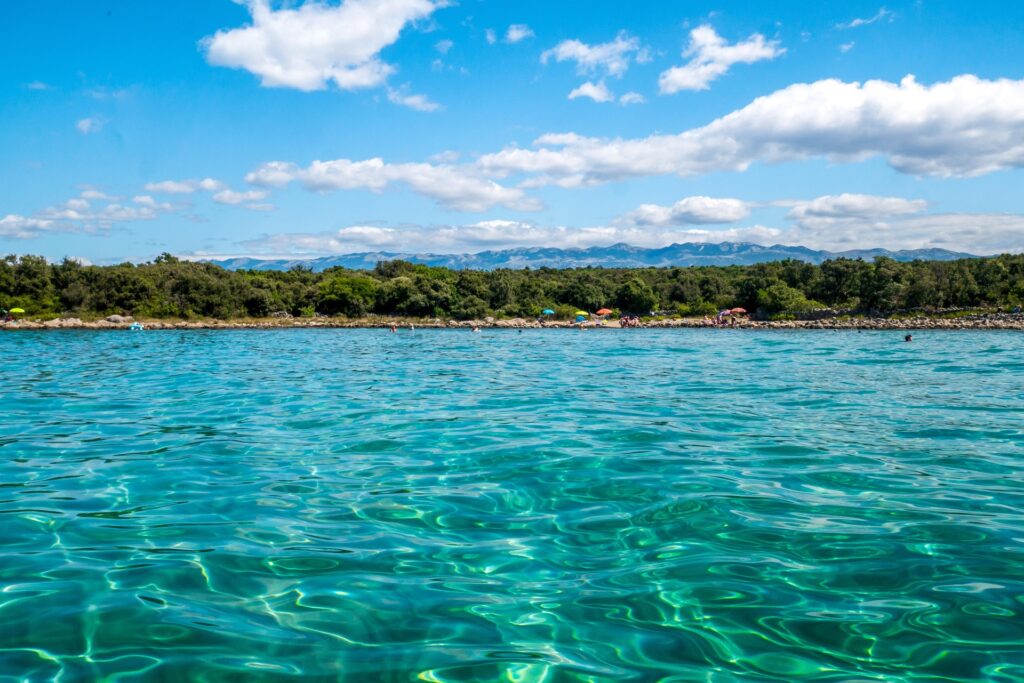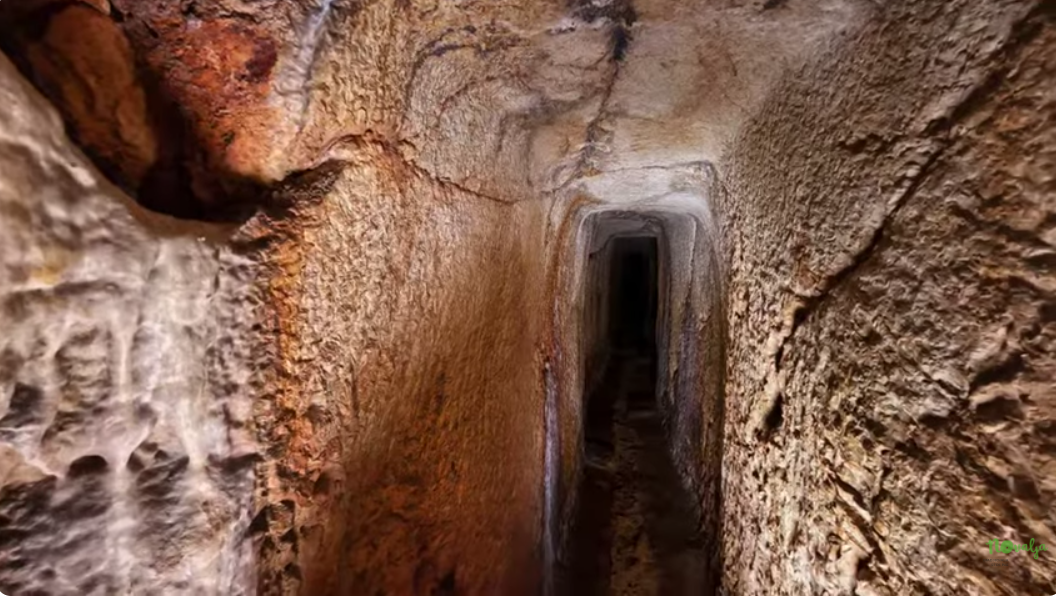November the 23rd, 2025 – There’s a hidden Roman aqueduct under Novalja that stretches for over a kilometre. It was constructed way back during the first century AD, and you can even take a look inside it.
As Putni kofer/Antonio Ivcevic writes, Novalja is well known for its beautiful beaches and picturesque coastline, but beneath the surface of this lively town lies a true historical wonder that surprises even those who know almost everything about Pag. Deep beneath the town, hidden within the rock, lies an ancient Roman aqueduct. It is one of the most fascinating underground systems on the entire Croatian coast, and it’s a structure that reveals just how important Novalja was back during the first century AD.
This impressive underground tunnel is known locally as “Italian Hole” or “Talijanova buža” in Croatian. This ancient opening in the rock has remained purposely hidden from human view for centuries. This Roman aqueduct running under Novalja has been entirely carved out of living rock, with a total length spanning just over one kilometre.
It is on average about sixty centimetres wide, while the height varies depending on the section of the aqueduct which further testifies to the complexity of praised Roman construction without modern tools. The aqueduct has as many as nine above-ground openings, and in some parts it descends to a depth of forty-four metres.
the roman aqueduct under novalja was rediscovered during the 19th century
Back during Roman times, this system was of crucial importance. The Roman aqueduct supplied all of Novalja with drinking water, supplied ceramic workshops and dyeing houses, and was also used to supply ships that sailed into the harbour. Such an extensive network shows how developed Novalja was even back during that time, as well as just how skilled the Romans were in building such impressive and monumental systems. Over time, at the end of the ancient period, the water supply system ceased to serve its purpose. It lay there entirely forgotten until the nineteenth century, when it was rediscovered.
At the beginning of the twentieth century, it was partially returned to function for several short periods, but today it has a completely different role. The water supply system has become one of Novalja’s biggest tourist attractions, and the entrance to the tunnel is located inside the Novalja Town Museum. Works are constantly being carried out on its revitalisation to ensure it remains accessible to visitors for as long as possible. Walking through its cold, stone corridors provides a unique experience and a special insight into the life of ancient Novalja and is a testament to the strength and intelligence behind Roman construction.
much more than a party town

Although Novalja is most often mentioned in the context of drinking and partying, it is much, much more than that. In addition to its abundance of apartment complexes, the number of which is growing year by year, making it one of the most popular destinations for families with children, the town centre of Novalja tells a completely different story from the one that has been woven for years on the likes of Zrće beach.
Novalja is not only a thriving tourist hub but also the main port of the entire island of Pag, and its natural beauty, hidden coves, clear sea and rich historical and cultural heritage offer a wealth of content and opportunities for an active holiday for all. This island town is also full of fascinating archaeological sites and remains, and the ancient stone streets and main square weave endless stories of times long gone by with a touch of typical Mediterranean charm.
Subscribe to our newsletter
the fields marked with * are required
